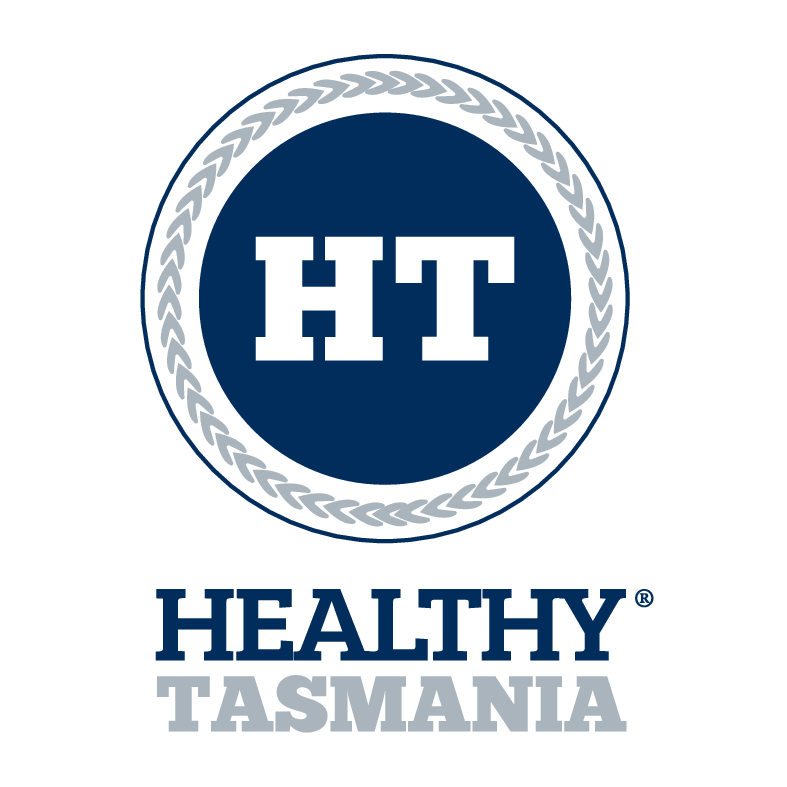How are rising food costs affected community health?
Make it stand out
Whatever it is, the way you tell your story online can make all the difference.
By Bec Pridham August 11 2022 - 6:00am
Tasmanians are forgoing nutritious food as the cost of groceries continues to rise, prompting concern for long-term health impacts.
Salvation Army North team leader Anita Reeve said more people were presenting who were unable to afford basic food items.
"The rising grocery prices have significantly impacted families that are most vulnerable," she said.
"They are having to make the choice between paying the rent or feeding their family or themselves."
Australian Bureau of Statistics data shows fruit and vegetable prices rose by 5.8 per cent in the June quarter.
Primary Health Tasmania chief executive Phil Edmonson said Tasmania had significant chronic disease prevalence and socio-economic disadvantage.
"The particular issue with lifestyle-related diseases is it's about choices that we make... what we are seeing at the moment is that some of those choices are harder to make because costs are going up," he said.
"Any limitation on access to fresh fruit and vegetables - or anything that [limits] Tasmanians [being able to] continue to make healthy choices about what they eat - is going to inevitably create problems and challenges for us down the track."
Poor diet is associated with high blood pressure, stroke, coronary heart disease, type 2 diabetes, and some cancers, among other conditions.
Healthy Tasmania Managing Director Lucy Byrne said more people were becoming affected by food insecurity.
"More and more families are being affected by this for the first time. More and more families are reliant on some of our social enterprise groups that are providing food relief," she said.
Ms Byrne said there needed to be resources and support to teach people to grow and prepare food and investment in community gardens.
"In Tasmania and across the country as people are making hard decisions around their family budget, we don't want food to be the one that is taken off the list."
Ms Byrne said we needed to make avoiding junk food easy for people to help them make good decisions.
She said the government needed to provide ongoing investment in organisations delivering food services.
"We need support for these organisations over a long term so that they are able to establish processes to deliver this food, and it's not a once-off-crisis-type situation," she said.
"We need this to be a stable provision of food for those who need it the most. I think that investment and listening to our community service providers who are on the ground every day is what's really important."
The Tasmanian government launched the Healthy Tasmania Five-Year Strategic Plan in March. Eating well is one of the focus areas.
Community services minister Nic Street said the government had consistently supported food relief providers and would continue to improve food resilience.
He said the government had developed the Food Relief to Food Resilience Strategy to help the growing number of Tasmanians requiring food relief.
This article was originally published in The Examiner Newspaper and can be accessed here


